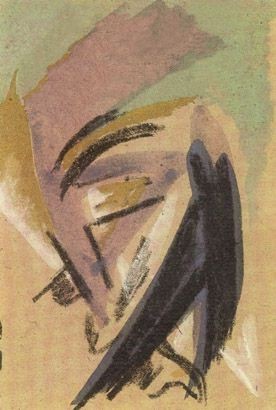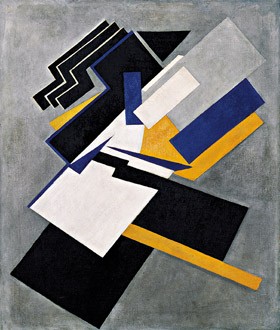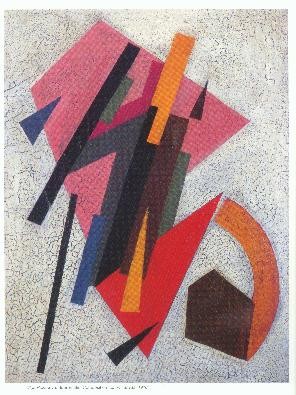Olga Rozanova Ольга Владимировна Розанова (1886-1918)
Get a Rozanova Certificate of Authenticity for your painting (COA) for your Rozanova drawing.
For all your Rozanova artworks you need a Certificate of Authenticity (COA) in order to sell, to insure or to donate for a tax deduction.
Getting a Rozanova Certificate of Authenticity (COA) is easy. Just send us photos and dimensions and tell us what you know about the origin or history of your Rozanova painting or drawing.
If you want to sell your Rozanova painting or drawing use our selling services. We offer Rozanova selling help, selling advice, private treaty sales and full brokerage.
We have been authenticating Rozanova and issuing certificates of authenticity since 2002. We are recognized Rozanova experts and Rozanova certified appraisers. We issue COAs and appraisals for all Rozanova artworks.
Our Rozanova paintings and drawings authentications are accepted and respected worldwide.
Each COA is backed by in-depth research and analysis authentication reports.
The Rozanova certificates of authenticity we issue are based on solid, reliable and fully referenced art investigations, authentication research, analytical work and forensic studies.
We are available to examine your Rozanova painting or drawing anywhere in the world.
You will generally receive your certificates of authenticity and authentication report within two weeks. Some complicated cases with difficult to research Rozanova paintings or drawings take longer.
Our clients include Rozanova collectors, investors, tax authorities, insurance adjusters, appraisers, valuers, auctioneers, Federal agencies and many law firms.
We perform Olga Rozanova art authentication, appraisal, certificates of authenticity (COA), analysis, research, scientific tests, full art authentications. We will help you sell your Olga Rozanova or we will sell it for you.

Olga Rozanova was a Russian avant-garde artist in the styles of Suprematist, Neo-Primitivist, and Cubo-Futurist. She was born in Melenki, a small town near Vladimir. In 1904 she attended art studios of K. Bolshakov and Konstantin Yuon in Moscow. The same time she studied at the Stroganov School of Applied Art. In 1911 she became one of the most active members of the Union of the Youth (Sojus Molod’ozhi). In 1912 Rozanova started a friendship with the Futurist poets Velimir Khlebnikov and Aleksei Kruchenykh, her future husband.

In 1916, she joined the group of Russian avant-garde artists Supremus that was led by Kazimir Malevich. By this time her paintings, developed from the influences of Cubism and Italian Futurism, and took an entirely original departure into pure abstraction in which the composition is organized by the visual weight and relationship of color.

In the same year Rozanova together with other suprematist artists (Kazimir Malevich, Aleksandra Ekster, Nina Genke, Liubov Popova, Ksenia Boguslavskaya , Nadezhda Udaltsova, Ivan Kliun, Ivan Puni and others) worked at the Verbovka Village Folk Centre.

In 1917-1918 she created a series of non-objective paintings which she called tsv’etopis’. Her Non-objective composition, 1918 also known as Green stripe anticipates the flat picture plane and poetic nuancing of color of some Abstract Expressionists. Still wondering about an early 20th century Russian painting in your family collection? Contact us…it could be by Olga Rozanova.
Reviews
1,217 global ratings
5 Star
4 Star
3 Star
2 Star
1 Star
Your evaluation is very important to us. Thank you.
